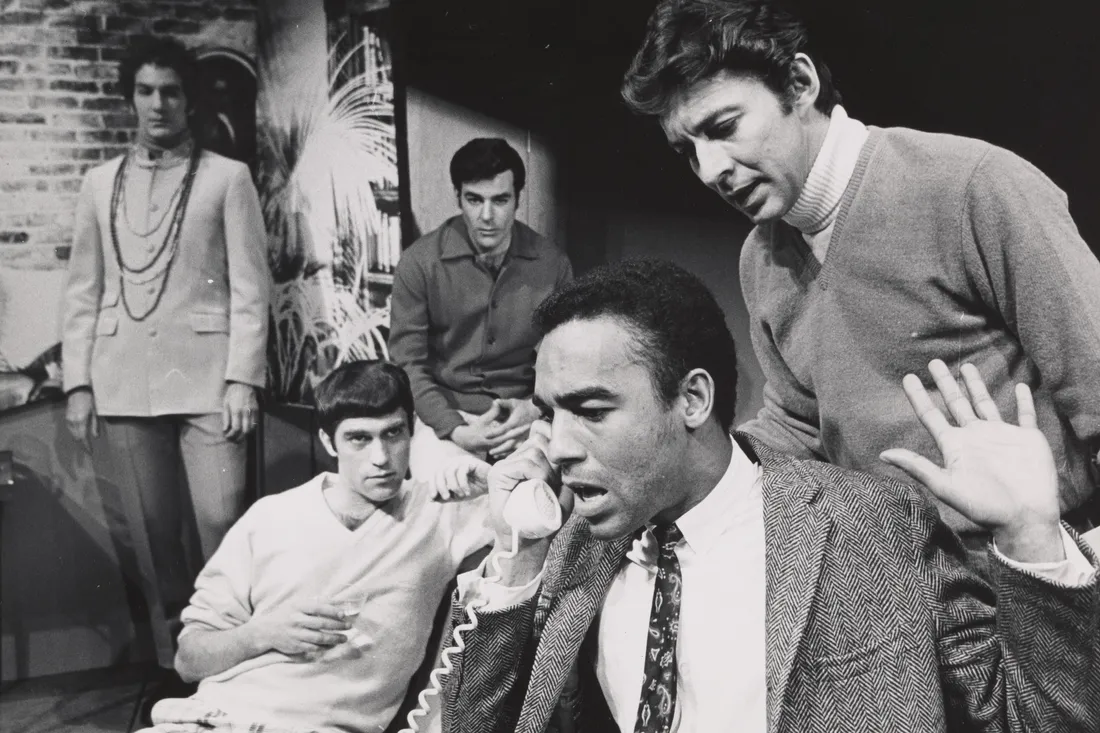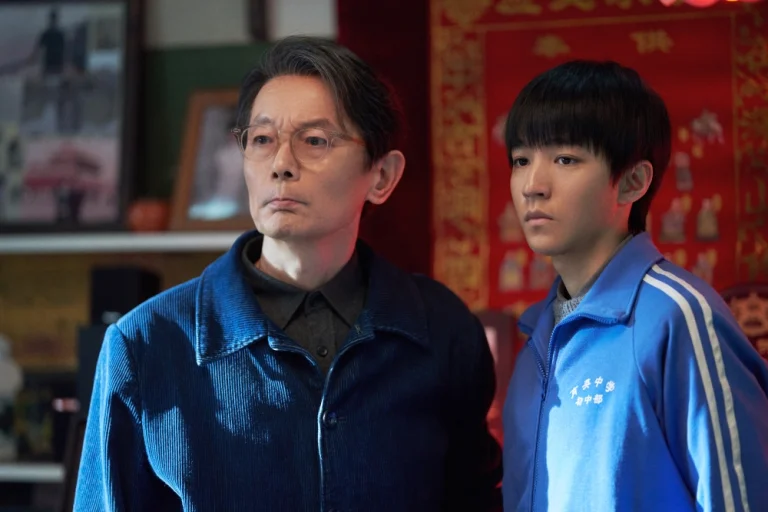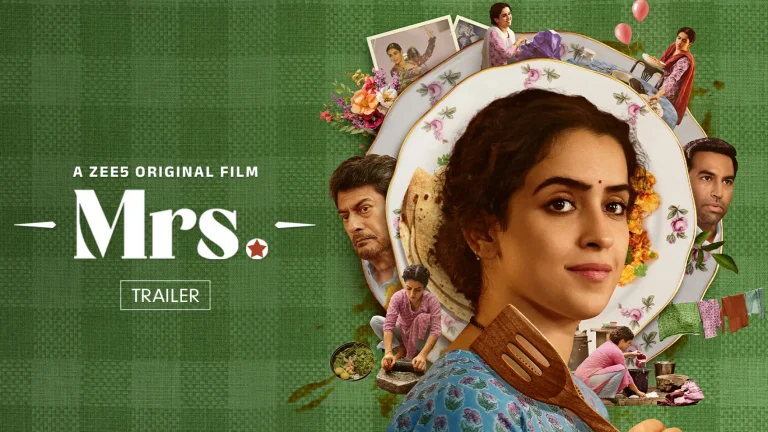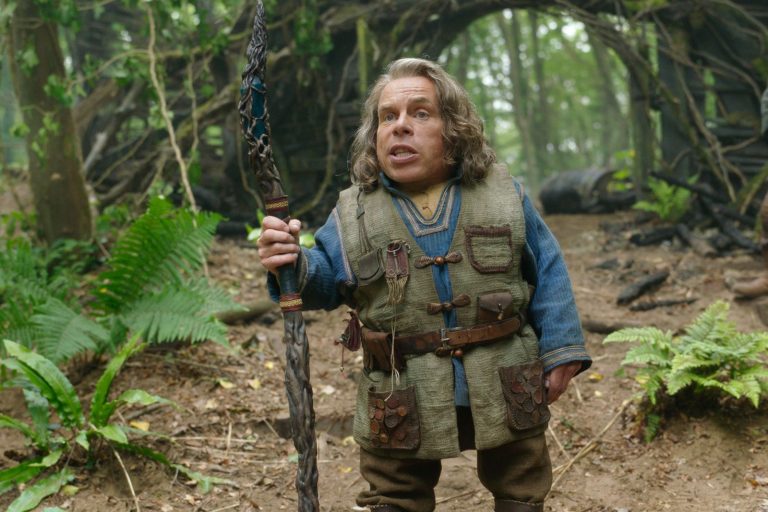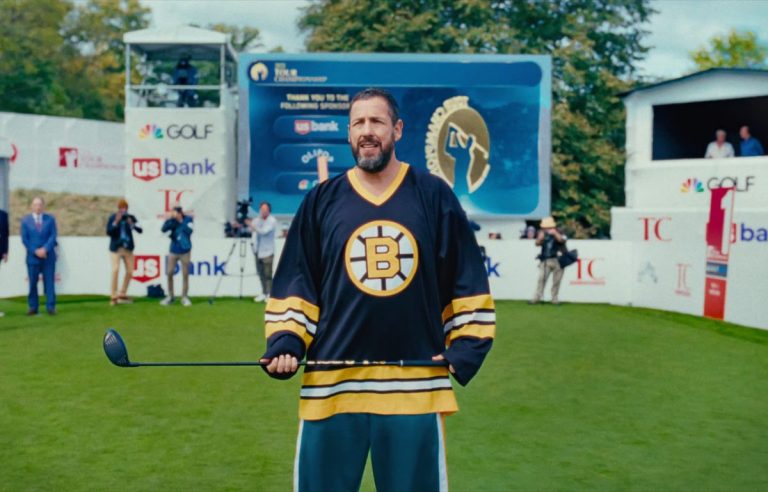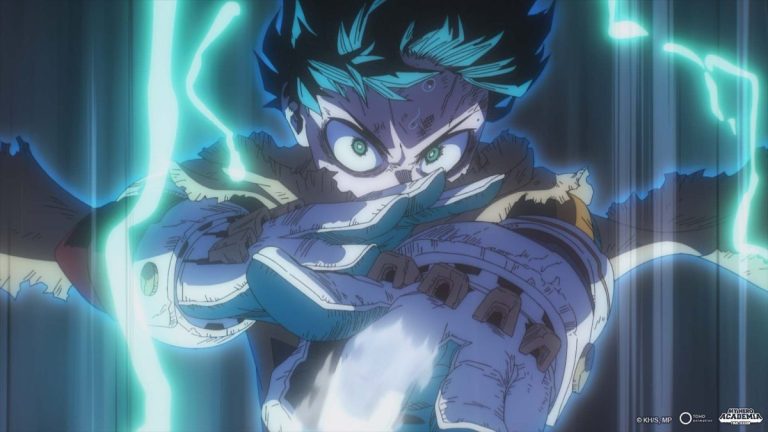Cinema has long held a mirror to society, reflecting its evolving attitudes and social norms. The portrayal of LGBTQ+ identities in film has been a complex and contentious journey, marked by periods of coded messages, censorship, and gradual progress towards more open representation. This article explores the history of LGBTQ+ characters on screen, from the veiled suggestions of early cinema to the diverse narratives of today.
Silent Films and the Hays Code: Encoded Desires in a Restrictive Era
The very beginnings of cinema hint at the presence of LGBTQ+ themes, though veiled due to societal constraints. Silent films like “Dorian Gray” (1915) featured a character, played by Oscar Wilde, wrestling with desires that couldn’t be explicitly shown. “Salome” (1922) used dance and costuming to suggest a sensual relationship between a young woman and an older woman, pushing boundaries without openly depicting homosexuality. However, the enforcement of the Hays Code in Hollywood from 1930 to 1968 strictly prohibited the portrayal of homosexuality. This led to a period of innuendo and subtext.
Films like “The Women” (1939) featured a group of wealthy socialites whose relationships with each other could be interpreted as lesbian, but their true nature remained unspoken. “Rebecca” (1940) hinted at a same-sex relationship between the female lead and another woman, but the ambiguity left audiences to speculate.
European Explorations: Breaking Free from Censorship
European cinema, less constrained by censorship, offered more freedom in exploring LGBTQ+ themes. G.W. Pabst’s “Pandora’s Box” (1929) caused a stir with its depiction of a bisexual femme fatale, played by the iconic Louise Brooks. The film’s frank portrayal of sexuality, including a same-sex dance scene, challenged moral codes and faced censorship in some countries. Luchino Visconti’s “Death in Venice” (1971) told the story of an aging composer’s obsessive infatuation with a young boy. While not explicitly sexual, the film’s exploration of a taboo desire raised eyebrows and sparked discussions about the representation of age and homosexuality in cinema.
Post-Stonewall Emergence: Early Steps with Stereotypes and Censorship Battles
The post-Stonewall era in the late 1960s saw a burgeoning LGBTQ+ rights movement, which began to be reflected in cinema. Films like “The Boys in the Band” (1970) presented a group of gay men navigating relationships and societal pressures. However, the film relied on stereotypes and a tragic ending, reflecting the limited understanding of homosexuality at the time. It faced criticism for reinforcing negative tropes, despite being a groundbreaking attempt to portray gay characters on screen. “The Killing of Sister George” (1968) featured a lesbian nun who loses her job when her relationship with another woman is exposed. The film’s portrayal of a lesbian character in a non-stereotypical profession was groundbreaking, but it faced censorship battles in the US and UK due to its subject matter. Independent cinema became a haven for more nuanced portrayals, with films like “Parting Glances” (1986) exploring the lives of gay men dealing with AIDS and “Desert Hearts” (1985) depicting a blossoming lesbian romance. These films, though limited in reach, offered a more authentic look at LGBTQ+ experiences.
The 1990s: Breaking into the Mainstream with Mixed Representation
The 1990s witnessed a rise in mainstream Hollywood films with openly LGBTQ+ characters. “Philadelphia” (1993) tackled homophobia in the workplace through the story of a lawyer with AIDS suing his former employer. Tom Hanks’ Oscar-winning performance brought attention to the issue, but the film faced criticism for focusing on a straight character’s journey to understand AIDS rather than a deeper exploration of the gay protagonist’s life. “The Birdcage” (1996) offered a lighter take on LGBTQ+ themes with a comedic story about a gay couple running a drag club. Though groundbreaking for its time as a major studio film featuring a gay couple, the film’s focus on a white, cisgender couple again limited the scope of LGBTQ+ representation.
The New Millennium: Expanding Narratives and Challenging Norms
The new millennium brought a wave of independent films that challenged the narrow representation of the 1990s and pushed for more diverse and nuanced portrayals of LGBTQ+ experiences.
-
Breaking the Mold: Satire and Heartbreak
-
“But I’m a Cheerleader” (1999) used sharp satire to expose the harmful practices of teen conversion therapy. This coming-of-age story, following a high school cheerleader sent to a program to “cure” her lesbianism, tackled homophobia and societal expectations with humor and social commentary.
-
“Brokeback Mountain” (2005) brought a heartbreaking love story between two cowboys to a wider audience. Despite facing controversy for its portrayal of homosexuality, the film’s nuanced exploration of forbidden love and societal constraints resonated with audiences and garnered critical acclaim, including Academy Awards for Best Director and Best Adapted Screenplay.
-
The Rise of Streaming and Critical Acclaim: A New Era of Representation
The rise of streaming services like Netflix and Hulu has further diversified LGBTQ+ representation and provided a platform for more complex narratives.
-
Giving Voice to the Marginalized: “Orange is the New Black” and “Pose”
-
“Orange is the New Black” (2013-2019) shattered boundaries with its portrayal of LGBTQ+ people of color, particularly trans women, in a prison setting. The show tackled themes of race, class, gender identity, and sexuality with depth and complexity, sparking conversations and challenging stereotypes.
-
“Pose” (2018-2021) gave a voice to the marginalized ballroom scene in New York City during the 1980s. This vibrant series showcased the lives and struggles of LGBTQ+ Black and Latino characters, particularly trans women of color, who were often overlooked in mainstream media.
-
-
Universal Stories with LGBTQ+ Leads: “Moonlight” and “Call Me by Your Name”
-
“Moonlight” (2016) garnered critical acclaim for its nuanced portrayal of a young Black man grappling with his sexuality and masculinity. The film’s coming-of-age story, told over three chapters of his life, resonated with audiences for its universal themes of self-discovery and love, while also highlighting the specific challenges faced by LGBTQ+ people of color.
-
“Call Me by Your Name” (2017) captured the beauty and heartbreak of a blossoming romance between two teenagers in Italy. This sun-drenched film, based on Andre Aciman’s novel, offered a tender and relatable exploration of first love, transcending cultural and societal boundaries.
-
Today and Looking Forward: Integration and Continued Progress

Today, LGBTQ+ characters are increasingly integrated into mainstream cinema, with a wider range of stories being told. Rom-coms like “Love, Simon” (2018) depict a high school student coming to terms with his sexuality in a relatable and heartwarming way. Superhero films like “The Eternals” (2021) casually feature LGBTQ+ characters without making their sexuality the sole focus of the narrative.
However, there’s still a long way to go for full representation. Transgender characters are still vastly underrepresented, and depictions of asexuality and non-binary identities remain rare. Additionally, LGBTQ+ representation in international cinema remains uneven, with many countries still having restrictive censorship laws.
The journey of LGBTQ+ representation in cinema is far from over. It is a story of struggle, resilience, and ultimately, progress. As filmmakers continue to push boundaries and challenge stereotypes, audiences will continue to see a wider spectrum of LGBTQ+ lives reflected on screen, fostering empathy and understanding for a diverse community.


